Locomotives of the Indian Railways!

Someone has said that the steam locomotive is the closest to a living thing among all that Man has ever created, yet. But I take it further saying that the locomotive, steam or diesel or electric or nuclear or whatever, is the closest mankind will ever get to creating a living thing, unless we invent AI and get ourselves imprisoned in the Matrix. The traction and capacity of locomotive used is what defines a railway system and how it is referred to, more than all the fancy coaches, cabins and service because when a train is hauled by a particular type of locomotive, it becomes train of “that” traction. Coaches and wagons are all just submissive elements which will follow whatever the locomotive commands. The locomotive is the only “live” part of the train, it is the train. These powerful awe-inspiring machines, from the steam engines of 1853 to the modern 6350 hp WAG9 propel the lifeline of the nation and are in reality the “engines” driving India. India’s locomotive history is a journey from the steamers of the British Era to the dilapidated steam at independence to the revival of steam locomotives post-independence to the large scale switch to diesel and then to electric as it is now.
History of Indian Locomotives
At the time of independence, 99% of locomotives in India were steam. At independence we decided to continue to invest in steam because coal was cheap and widely available. The alternatives, electric and diesel, both which were technologically vastly superior were expensive and required lots of investment, money and technological know how, all of which we did not have. Ever since 1853, India ran on steam power with the only electric India faced a massive shortage of locomotives at independence and to become self-sufficient in locomotives, Chittaranjan Locomotive works (CLW) was set up in 1949 itself for India to produce our own locomotives. CLW would first produce steam locos, then diesel and today, only electric and the Diesel Locomotive Works (DLW) of Varanasi was set up in 1963.
Thanks to CLW, Indian Railways became self sufficient in locomotives pretty fast. We took the easy route of buying technology and design from foreign manufacturers and then tweaking them to be best suited for Indian operations. The first few locomotives were initially imported with technology transfer and were then mass produced in India, which were then later tweaked internally to produce more power etc. while looks remained the same. This trial-and-error process for finding the perfect locomotive is why we have so many loco classes and variants, many of which have only miniscule number of units produced. Out of the 100 or so total locomotive types of the Indian Railways, only around 20 types have more than 100 numbers of them produced, and 20 loco models have less than 10 units present. The most successful locomotives in India are the WP and WG Class (BG Steam), the WDM2, WDG3A, WDP4 and WDG4 (BG Diesel), the YDM4 (MG Diesel), WCAM2 (BG Dual Electric) and the WAM4, WAG5, WAP4, WAP5, WAP7, WDG9 (BG AC Electrics) and the WDS4B and WDS6 (BG Diesel Shunters). And of course, no discussion about Indian Locomotives will be complete without a mention of the Fairy Queen, the oldest working steam locomotive in the World!
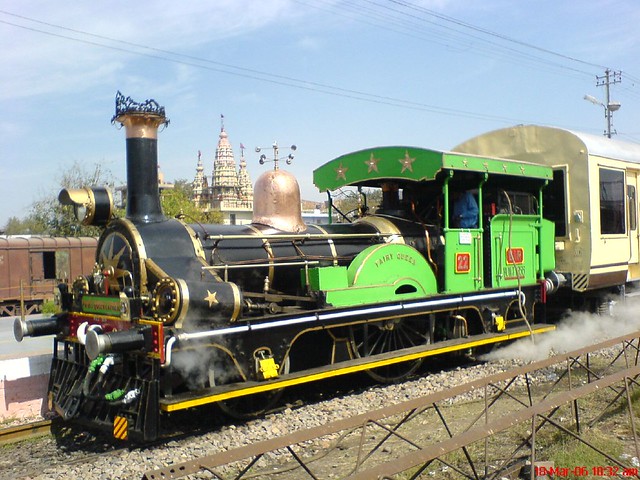
Photo Courtesy: Shantanu Dutt
Broad Gauge Steam – The WP and WG Class
Steam locomotives were real animals. Though comparatively low on power, they sure were a sight to behold. They would thunder past hissing, chugging, wheezing and grunting while expelling smoke, steam, water and ash. The tin whistle and the drive roads which would furiously working back and forth turning the wheels made the locomotive look almost like a living thing. They were respected, feared and adulated, their complicated soot covered operating cabins with wheels, pulleys, pipes, gauges and levers looked upon with awe. The chug-chugging of the steam engine is still what many people think of a railway, something that time has been unable to kill even today.
At independence, the old British XA, XB and XC types were still in service but were getting long in the tooth and there was a general shortage of locomotives because the British had taken away all the good stuff. In the hunt for new locos, the new 4-6-2 “Pacific” type steam locomotives from Baldwin, USA, were found to be perfect for India and would go on to power most of India’s Passenger trains for the next two decades. These were powerful for the time, sleek, efficient and incredibly good looking. For Freight services the 2-8-2 WG Class was acquired from France, Austria, Japan etc. Both classes were incredibly successful with 755 WP and 2450 WG class locos being produced till 1970. It seemed that we would go on with steam traction for quite a long time, but that was a short sighted decision and would not last long.
Following a string of accidents and bad press, Indian Railways woke up and decided to do away with steam traction in favor of diesel/electric by the late 1950s. As a result, steam engine production was gradually wound down and the last WP (No. 7754) was produced in 1967 and the last WG (10480 “Antim Sitara”) was produced in 1970. The last steam locomotive to be produced in India was a Meter Gauge YG #3152 in 1972. Steam schedules were gradually as steam locomotives were pulled off the track and trains got dieselized. From around 2300 steamers in service in 1990, the number fell to 209 in 1995. The steam sun set on India on October 6 1995, when the WL 15005 “Sher-e-Punjab” hauled last official Broad Gauge passenger steam service in India from Ferozepur to Jalandhar in Punjab, marking the end of an Indian Summer. And in February 2000, the last surviving MG steam services in Gujarat were shut down. All steam locomotives had ceased to run in India.

Photo Courtesy: loose grip 99
The Era of the Diesel Locomotive
Diesel locomotives are huge generators which run on their own power, on their own accord with no dependency on anything external and are running powerhouses. They make the presence of their power felt even while they are idling with its thundering reverberations indicating that the loco means business. India had just 18 diesel locomotives at the time of Independence and the Government was not ready to burn their hands on the expensive fuel and focused on steam instead. But necessity prevailed and in 1955 some Meter Gauge diesel locos were bought from ALCO USA, which culminated in the introduction of the YDM4 in 1961. It would become the mainstay on Meter Gauge lines in India as the only MG Diesel Engine. On Broad Gauge 100 WDM1 were imported from ALCO starting in 1957. Then in 1962 came the legendary WDM2, the 2600 hp workhorse of the Indian Railways, imported from ALCO at first and then mass-produced at CLW. All later Diesels would be based upon the WDM2, modern India’s most iconic and widely recognized locomotive. The 2800 WDM2s and 572 YDM4s produced over 30 years replaced steam in India and powered Indian Railways single-handedly until the 1990s, hauling passenger trains, expresses and freight.
The 16 years from 1954 to 1970 saw the introduction of 20 new diesel locomotive types, including the mainstay WDM2, YDM4 and WDS4B shunter. And then the socialism hit and general stagnation and rot ensued. In the 23 years from 1971 to 1993, just 11 new diesel locomotive models were introduced. And all of them were Shunters or low volume Meter and Narrow Gauge locos! We seemed to be “chalta hai” content with the WDM2 which was rapidly becoming obsolete. Then in 1994, after a devastating gap of nearly 30 years, IR finally got a new diesel locomotive in the form of the 3100 hp WDM3A. This hugely successful WDG/M3 series along with the humongous WDP4 series (4000-4500 hp) and WDG4 brought about a renaissance of Diesel in India with more trains and speed. But all those years we lost thanks to complacency and wrong policies are lost forever. The WDMs, the old workhorses are now being retired as new blood (diesel) in the form of WDPs and WDM3s are being injected onto the Indian Railways network. The run of the mighty Diesels continue with them hauling thousands of tons without breaking a sweat across landscapes where electric locos will never run.
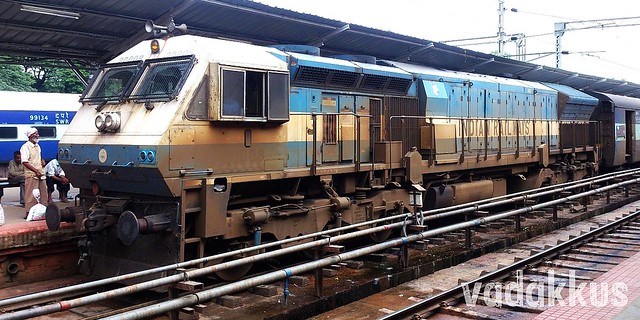
The Sizzling Wheels of Electric Traction
Contrary to popular belief, electric traction and electric locomotives in India is not a new technology. In fact, it is older than Diesel! The Bombay local circuit and the Mumbai – Pune route were electrified in 1500V DC by the British as early as 1924 and trains were powered on these routes by Swiss/British made BG DC locos (WCP-1/2/3/4 and WCG-1). The Mumbai area remained DC powered until 2012. Fresh electrification of lines was slow until 1960 and hence the only new locomotives procured were small numbers of the incredibly intimidating-looking WCM series. By the end of the 1950s, the decision to electrify major routes in India using 25 kV 50 Hz AC was taken, which sealed the fate of DC locomotives. They ended up cursed to be bound to the Bombay region for all eternity… The last DC locomotive procured (and the most successful) was the WCG-2. There was also a Meter Gauge DC locomotive, the YCG1 which ran around the Madras area before independence.
The first line in India to be electrified with AC traction was the Barddhaman – Mughalsarai section on the Howrah – Mughalsarai “Grand Chord” and the Calcutta suburban system (converted from DC) from 1954 to 1959. In 1959 the WAM-1s (from Krupp, La Brugeoise et Nivelles and others) were the first AC locomotives to ever run in India. All the models and variants tried throughout the 1960s culminated in the WAM-4, Indian Railway’s first fully indigenous and most successful electric locomotive, the shining star on IR’s crown. Almost 1000 km of line was being electrified every year in India and the WAM-4 (500+ of which were produced) was the key in turning many diesel trains into electric and was the WDM2 of electric locos. In 1967 also was introduced the only Meter Gauge electric loco, the very cute YAM-1 for services around Tamil Nadu. In 1975 was born the legendary WCAM-1 at CLW which could run on both AC and DC current. The WCAMs and a WCAG, which are among Indian Railway’s most handsome locomotives which would become the mainstay of the Mumbai circuit for four decades. in 1980 the WAP-1 was introduced which laid the trend for dedicated passenger services locomotives and for locomotive design. Except for the first WAP-5s and WAP-7/WAG-9s which were imported, all electric locomotives since 1975 are based on the WAM-4. Electric locomotives, though not as “vocal” as their Diesel powered counterparts, are as awe-inspiring as any, sitting silently on their tracks purring like a cat, ready to run away with their insane loads.
The Legacy of the Locomotive!
I was always fascinated by the Locomotive. In fact, it was the first thing that fascinated me in those very very early years. And of course, I wanted to become a “train driver” when I grew up. And even today I look at them with the same wide-eyed fascination I had when I had barely teeth in my mouth. These huge shuddering, smoking, sizzling beasts are nothing less than raw power personified in metal. When you hear the tracks trembling and sizzling signaling the approach of the train, when you hear the distant chugging and honking, when it suddenly bursts upon you as if from nowhere pulling an endless hulk of metal behind it, as it thunders past you without even acknowledging your existence, always looking straight ahead, seemingly having a life on its own, you can only be awed and humbled in front of the locomotive. You can literally feel the tens of thousands of Newtons of power the massive hunk of steel carries with it, and if challenged, it will simply obliterate you or anything else in its path. The locomotive does not give a damn.
The locomotive created and shaped human industrial history and it was man’s most loyal companion on his quest to conquer vast distances that lay between him and his glory. Steam helped the British more in conquering India than bullets did and there would have been no USA today if there were no locomotives and railroads. Even today, it is the country with the biggest rail network in the World though most are used entirely for freight operations, which played no small part in making the US the biggest economy in the World. The entire industrial World that we see around us came about thanks to the locomotive and even today most freight in most countries are carried by trains. The World would simply come to a grinding halt if these beasts decided to stop working. If someone asks what the most important industrial invention in the history of humankind (after the wheel) is, I would answer “The Locomotive”.
Photo Courtesy: Vinod Thambidurai
Next Part – Classification of Locomotives in Indian Railways
More Chapters on Indian Locomotives
Locomotives of the Indian Railways | Locomotives Terminologies and Design
How Locomotives are Classified | How Electric and Diesel Locomotives Work
DIESELS: The WDM Series (ALCOs) | The WDP and WDG Series (ALCOs and EMDs)
ELECTRICS: DC and AC/DC Locos | The WAM Series (AC mixed) | The WAG Series (AC Freight)


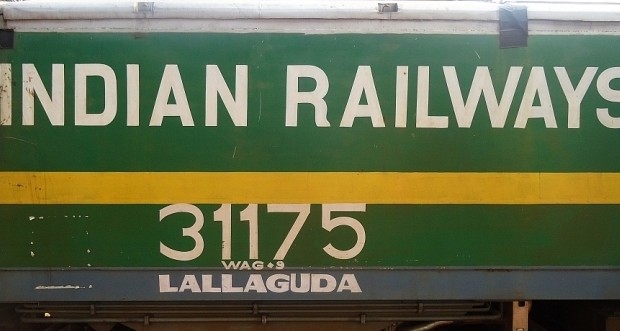
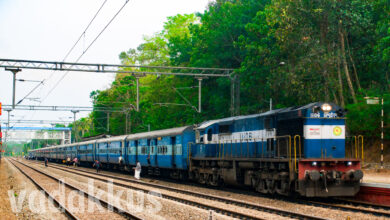
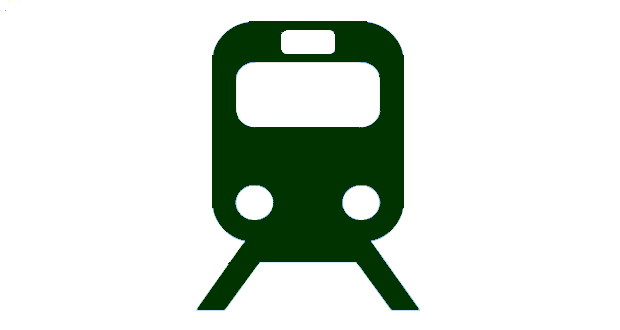
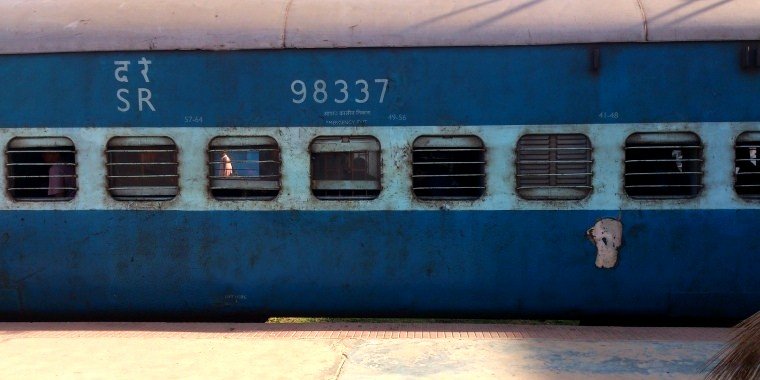
I think Indian Railways should also change the external look of our locomotives… Just like LHB coaches, they should also bring some designer…